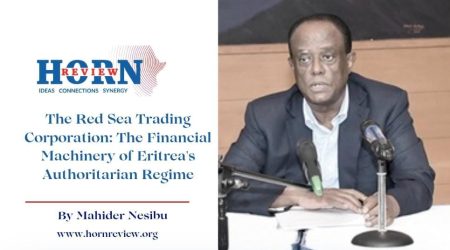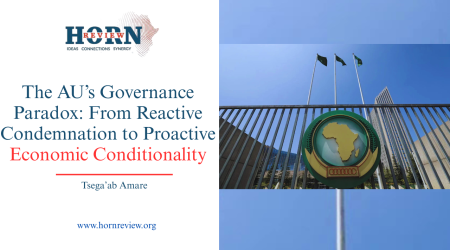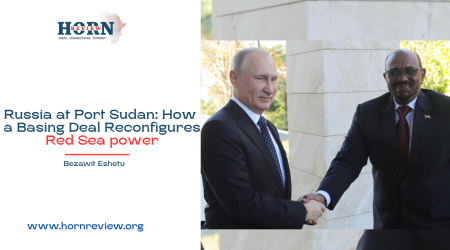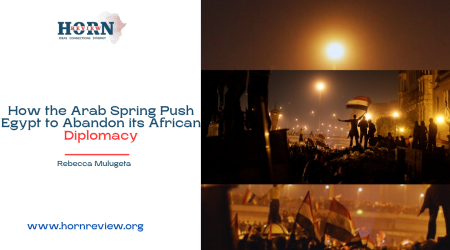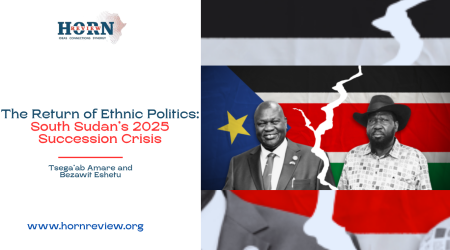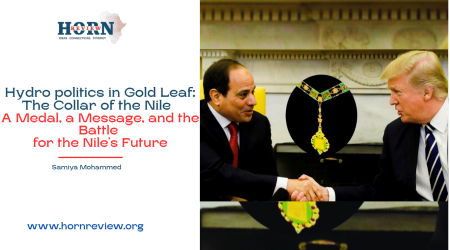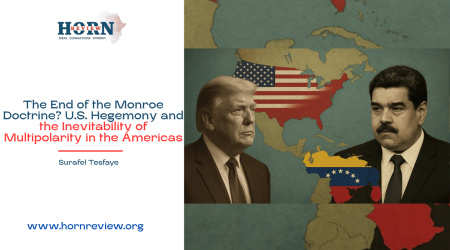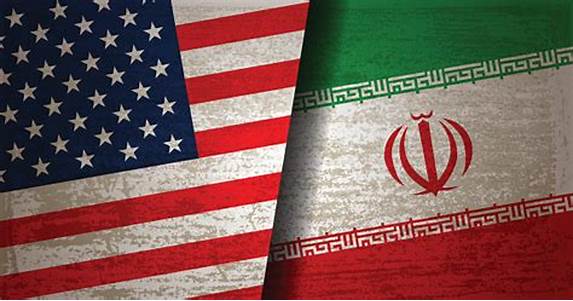
21
Apr
The Omani Overture: Will US-Iran Talks Rewrite the Middle East’s Proxy Script?
The Middle East remains a crucible of geopolitical tension, its landscape etched by the enduring rivalry between the US and Iran. The moribund state of the 2015 The Joint Comprehensive Plan of Action (JCPOA or Iran nuclear deal) , once a beacon of hope for nuclear de-escalation, has cast a long shadow, amplifying fears of proliferation and wider regional conflict. Yet, recent whispers from Oman suggest a potential shift in this adversarial dynamic. Tentative negotiations between the US and Iran have injected a fragile sense of possibility into a region teetering on the edge. This diplomatic overture, however, unfolds against a backdrop of coercive posturing, most notably the US deployment of six strategic bombers to the region, a stark reminder of the underlying tensions and the high stakes involved.
The impasse in US-Iran relations is deeply rooted in mutual mistrust and divergent strategic objectives.For the United States, preventing Iran from acquiring nuclear weapons remains a paramount concern, particularly given Tehran’s strident anti-Israel rhetoric and its history of clandestine nuclear activities, including recent reports of small-scale enrichment within underground facilities. Conversely, Iran views its nuclear program as a sovereign right and a crucial element of its national security in a volatile region. The collapse of the JCPOA, largely attributed to the unilateral withdrawal of the United States, has only exacerbated this mistrust, leaving both nations in a precarious state of neither outright conflict nor genuine cooperation.
Against this backdrop of nuclear brinkmanship, the Middle East has become a sprawling theater of proxy warfare. Iran’s strategic depth is intricately linked to its “axis of resistance,” a network of non-state actors spanning from Hamas in the Gaza Strip and Hezbollah in Lebanon to the Houthis in Yemen.These groups serve as powerful instruments of Iranian influence, allowing Iran to project power and pursue its regional ambitions without direct military confrontation with the United States or its allies. The sustained provision of Iranian arms, training, and financial support to these proxies has become a defining feature of the region’s security landscape.
The United States, in turn, remains steadfast in its commitment to the security of its regional partners, with Israel at the forefront. This unwavering support, encompassing substantial military aid and robust diplomatic backing, underpins the existing security architecture and acts as a deterrent against perceived Iranian aggression. The inherent tension between Iran’s proxy strategy and the US commitment to its allies forms the volatile core of the Middle East’s persistent instability, making any potential US-Iran negotiation a matter of profound regional and global significance .
The renewed talks in Oman open the door to several potential scenarios, each with far-reaching implications. The most optimistic path involves a genuine de-escalation of hostilities. A deal could focus on establishing tacit or explicit agreements to prevent the actions of Iran’s regional proxies, minimizing the risk of direct or indirect conflict with US allies, particularly Israel and the Gulf Cooperation Council (GCC) states. However, the operational autonomy and deeply entrenched nature of these proxy groups pose significant challenges to effective implementation and verification.
A more pragmatic, albeit less transformative, scenario centers on delaying Iran’s nuclear ambitions. This could involve extending the “breakout timeline” the time it would take Iran to produce enough fissile material for a nuclear weapon through temporary concessions, such as sanctions relief in exchange for verifiable caps on uranium enrichment. While this approach could buy crucial time for further diplomatic efforts, it risks perpetuating a cycle of tension without fundamentally resolving the underlying nuclear issue.
The most perilous scenario remains the collapse of negotiations. Should diplomacy fail once again, both the United States and Iran could revert to a strategy of power-projection dominance. This would likely involve increased US military posturing in the region, potentially including further deployments and exercises, while Iran would likely double down on its asymmetric warfare capabilities wielded through its proxy networks. Such a trajectory carries a significant risk of escalating regional instability, with heightened threats to vital shipping lanes, energy infrastructure, and civilian populations.
The implications of any US-Iran agreement, or the continued absence thereof, for Iran’s proxy networks are critical. A deal prioritizing de-escalation could necessitate a significant recalibration of these groups’ operational tempo and autonomy, potentially impacting Iran’s regional influence. However, these actors, often deeply embedded in their local contexts and driven by their own ideological and strategic imperatives, may resist external pressure to demobilize or significantly curtail their activities, creating potential friction within Iran’s regional strategy and posing a significant challenge to the durability of any agreement. The complex and often opaque relationship between Tehran and its proxiesis a critical factor in assessing the viability of any agreement.
The success of any renewed US-Iran dialogue hinges on the ability of both nations to bridge the deep chasm of strategic mistrust that has defined their relationship for decades. The perspectives and potential reactions of key regional actors, particularly Israel and the GCC states, will also be crucial determinants of the agreement’s viability and long-term stability. Russia’s role as a potential negotiator adds another layer of complexity. While Russia has expressed readiness to mediate, its strategic partnership with Tehran and its own geopolitical interests could influence its impartiality and the ultimate shape of any agreement. A key question remains whether Russia will prioritize its relationship with Iran or see an opportunity to leverage negotiations for its own broader strategic gains with the US, potentially impacting the final outcome and the delicate balance of power in the Middle East.
Furthermore, the potential for external powers like China and Russia to exploit any shifts in the regional power balance adds another layer of complexity to this already complex geopolitical landscape. Both nations have cultivated ties with Iran, and any US-Iran rapprochement, or continued antagonism, could have significant ramifications for their regional influence and strategic alignments. As the world watches the unfolding developments in Oman, the question remains whether this new diplomatic overture, potentially involving Russia as a mediator, can finally chart a course away from the looming specter of proxy conflict and towards a more stable, albeit still uncertain, future for the Middle East, or if it will simply become another stage in the ongoing geopolitical maneuvering within this volatile region.
By Bethelhem Fikru,Researcher,Horn Review

